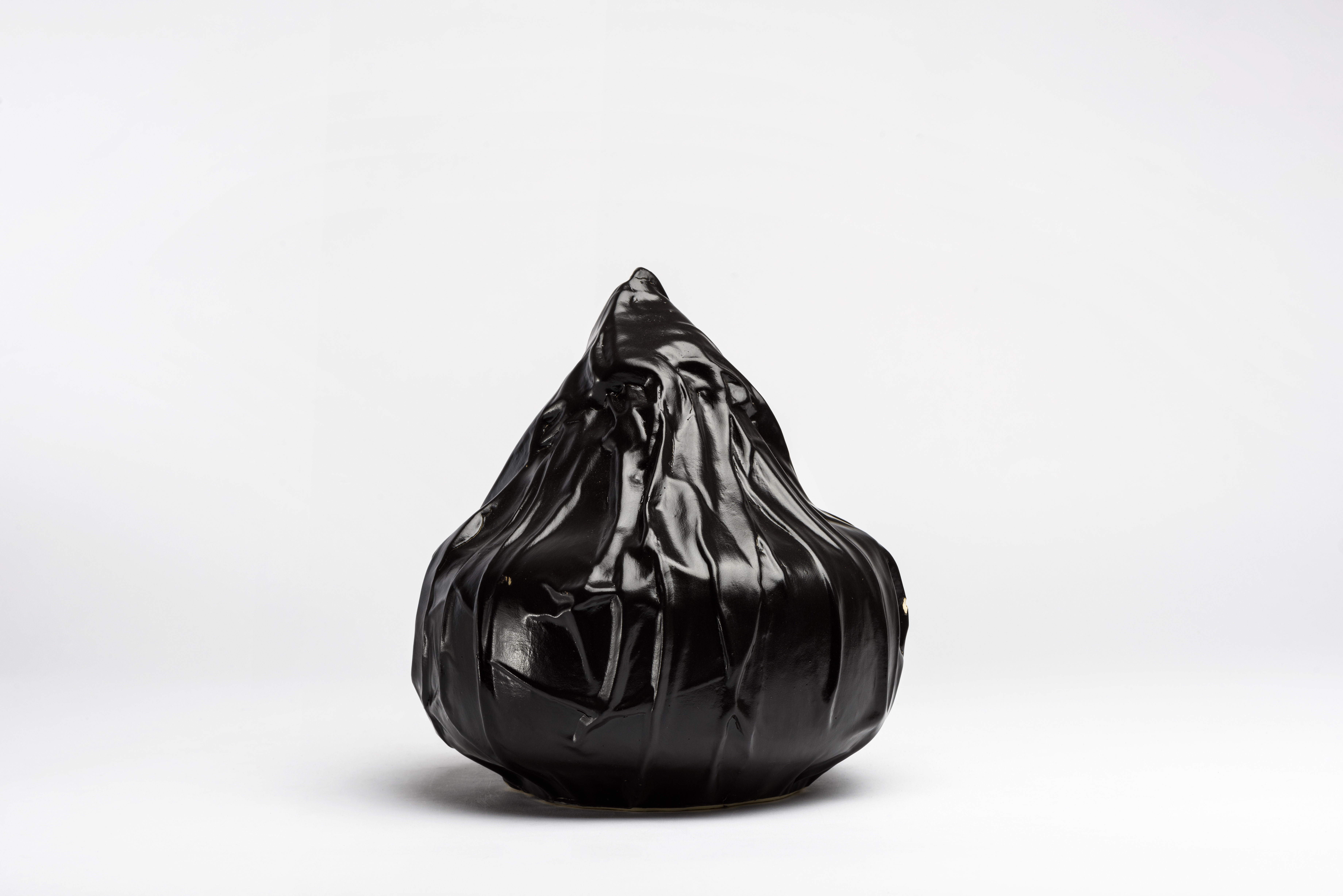Charpai Sculpture
2023Installation,
Goodman Gallery, London
Yousefzada’s piece Charpai Sculpture, explores the traditional and contemporary techniques of Pakistani and European workshops. The work takes the charpai, a daybed typically found across South Asia, and reimagines it utilising salvaged and handmade elements. Repurposed colonial doors and woven fabric sourced from waste materials on factory floors combine in this work. The door, which for the artist stood as gates in their original context, are shifted on their axis from vertical to horizontal transforming into a component of the humble charpai bed - a more communal architecture.



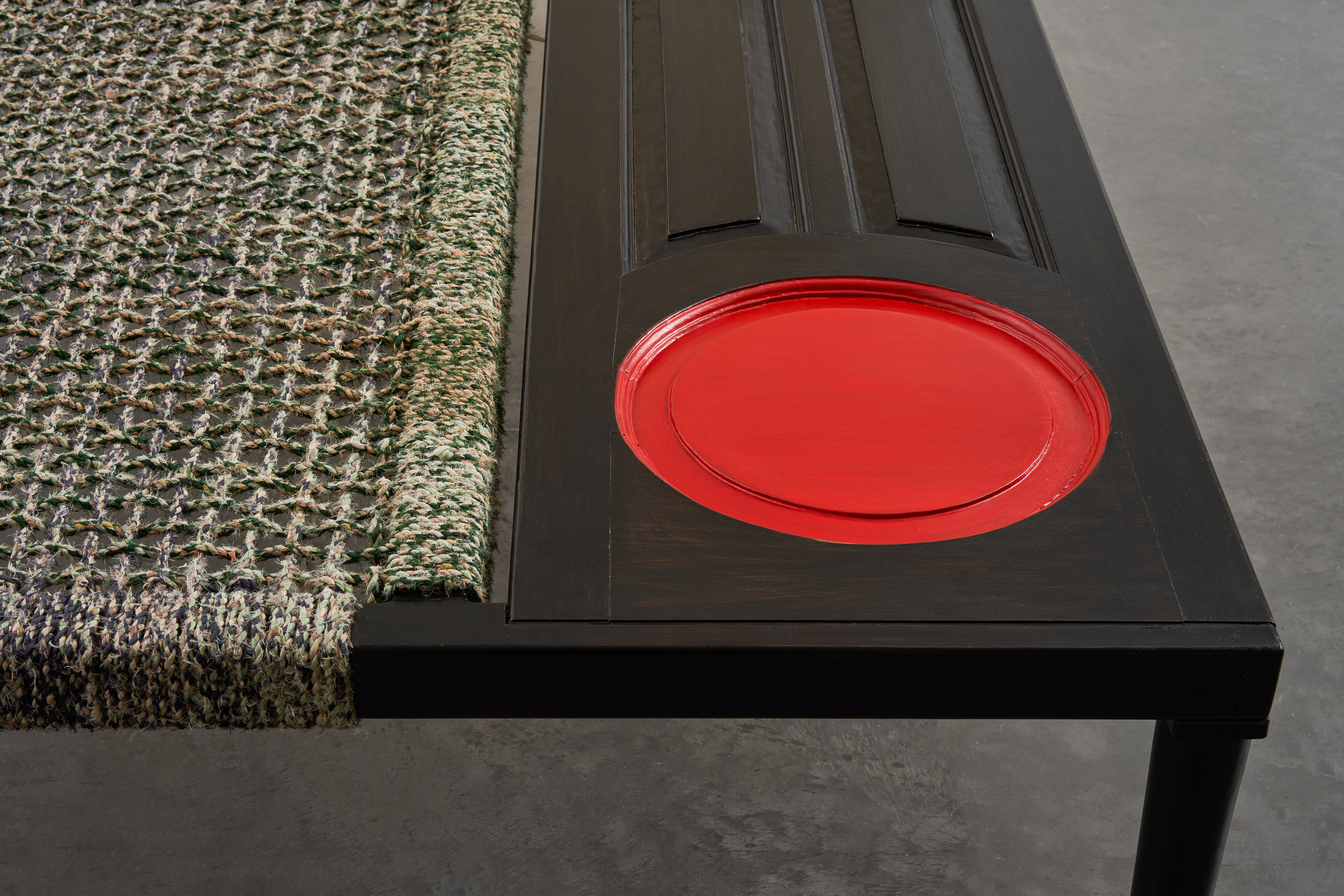


Ventilator
2023Installation,
Royal College of Art, London



Rituals and Spells
2023Installations,
Silvias Mothers Gallery Cromwell Place, London
Rituals and Spells explores the idea of diaspora and finding non-conforming mechanisms of safety, remembering and belonging - a large part of the immigrant experience.
Yousefzada the artist has reconstructed work created by his mother in the form of embroidery and other objects, and reconfigured them into protective talismans. Through his ritual of making he seeks to summon up different strengths, gods and worlds to face otherness.
Yousefzada the artist has reconstructed work created by his mother in the form of embroidery and other objects, and reconfigured them into protective talismans. Through his ritual of making he seeks to summon up different strengths, gods and worlds to face otherness.

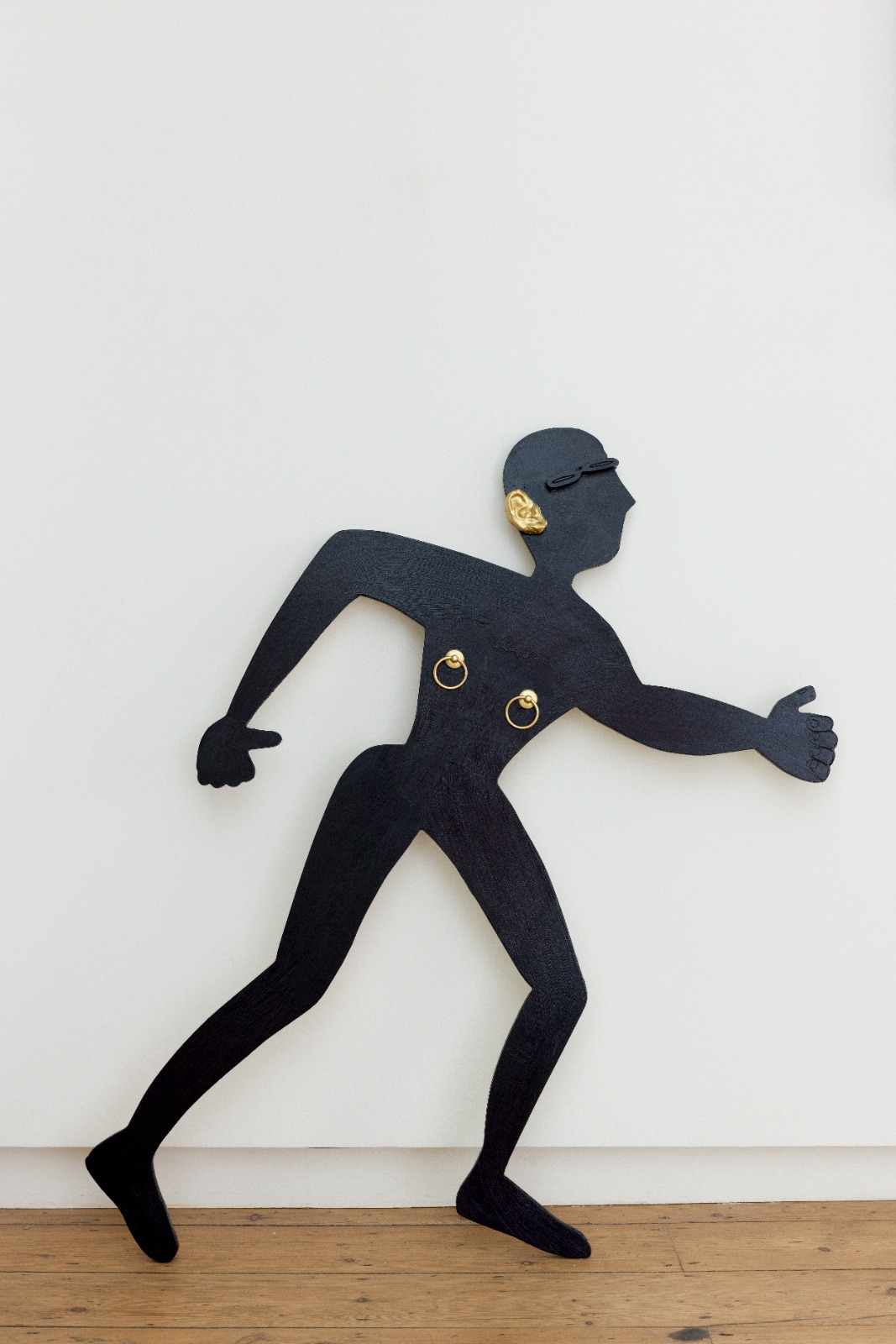

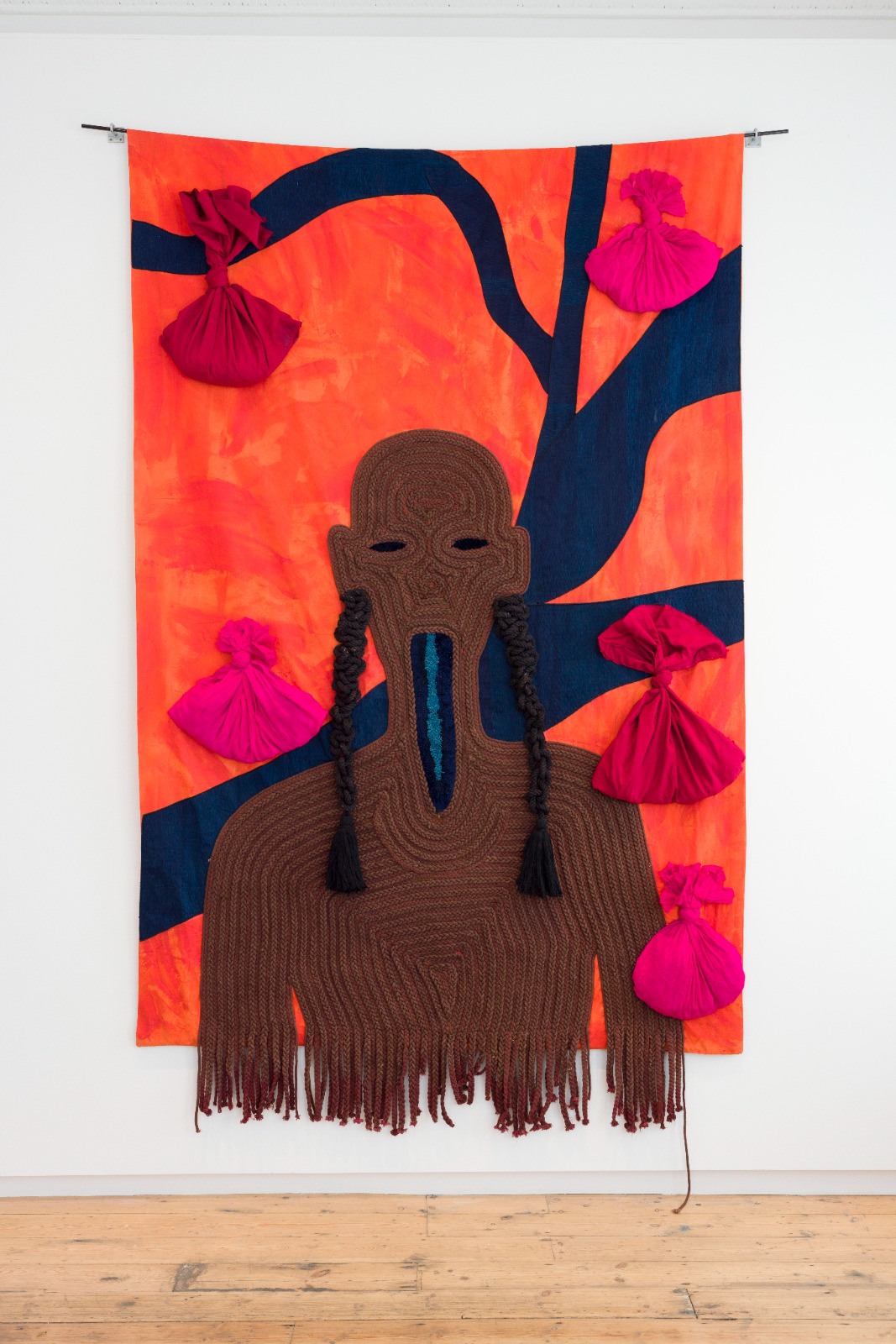
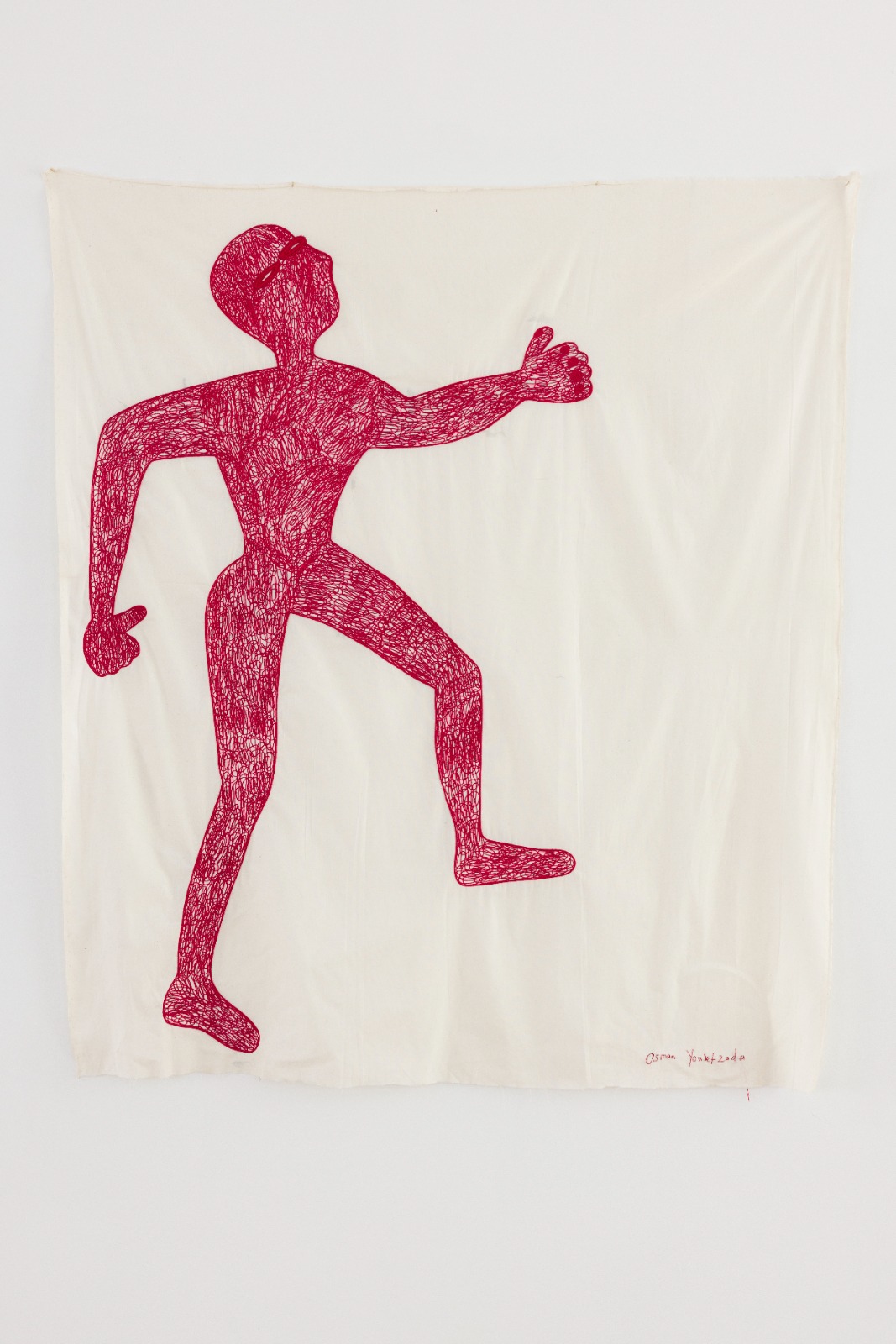
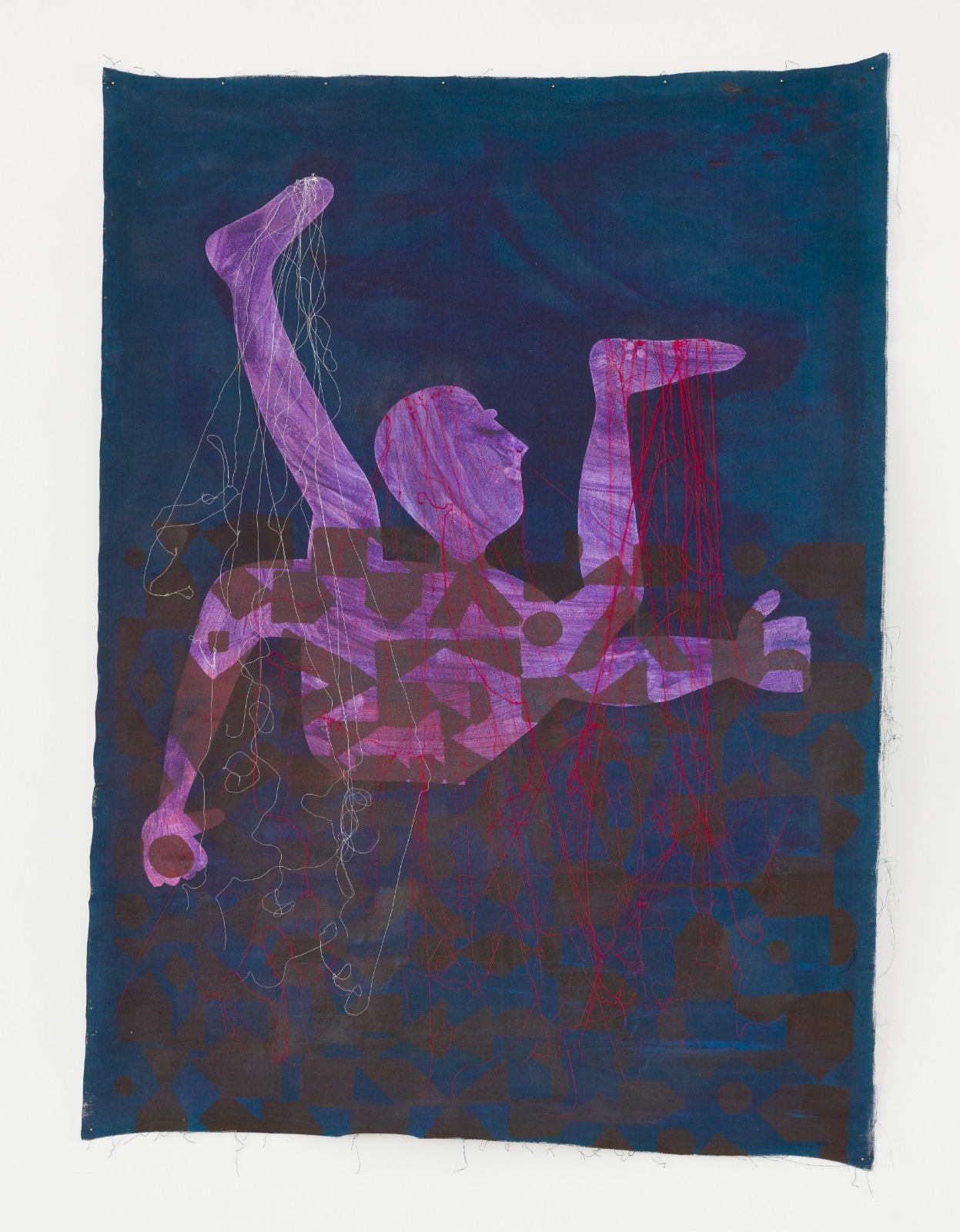
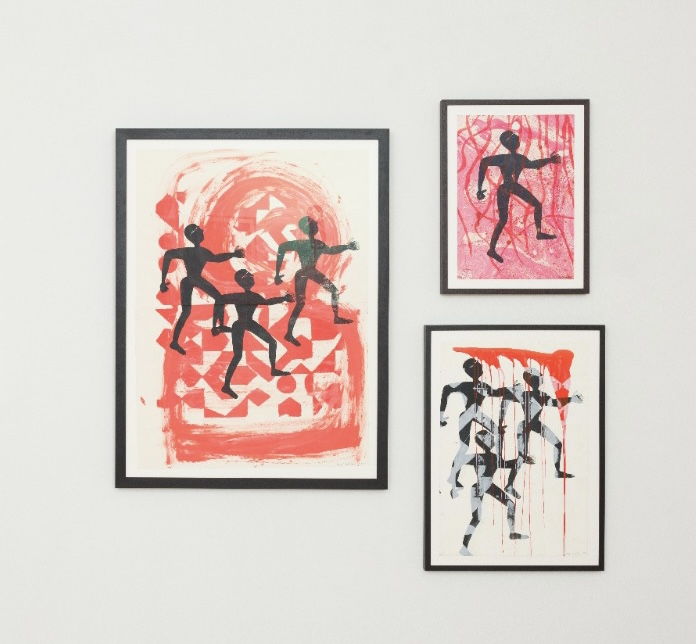

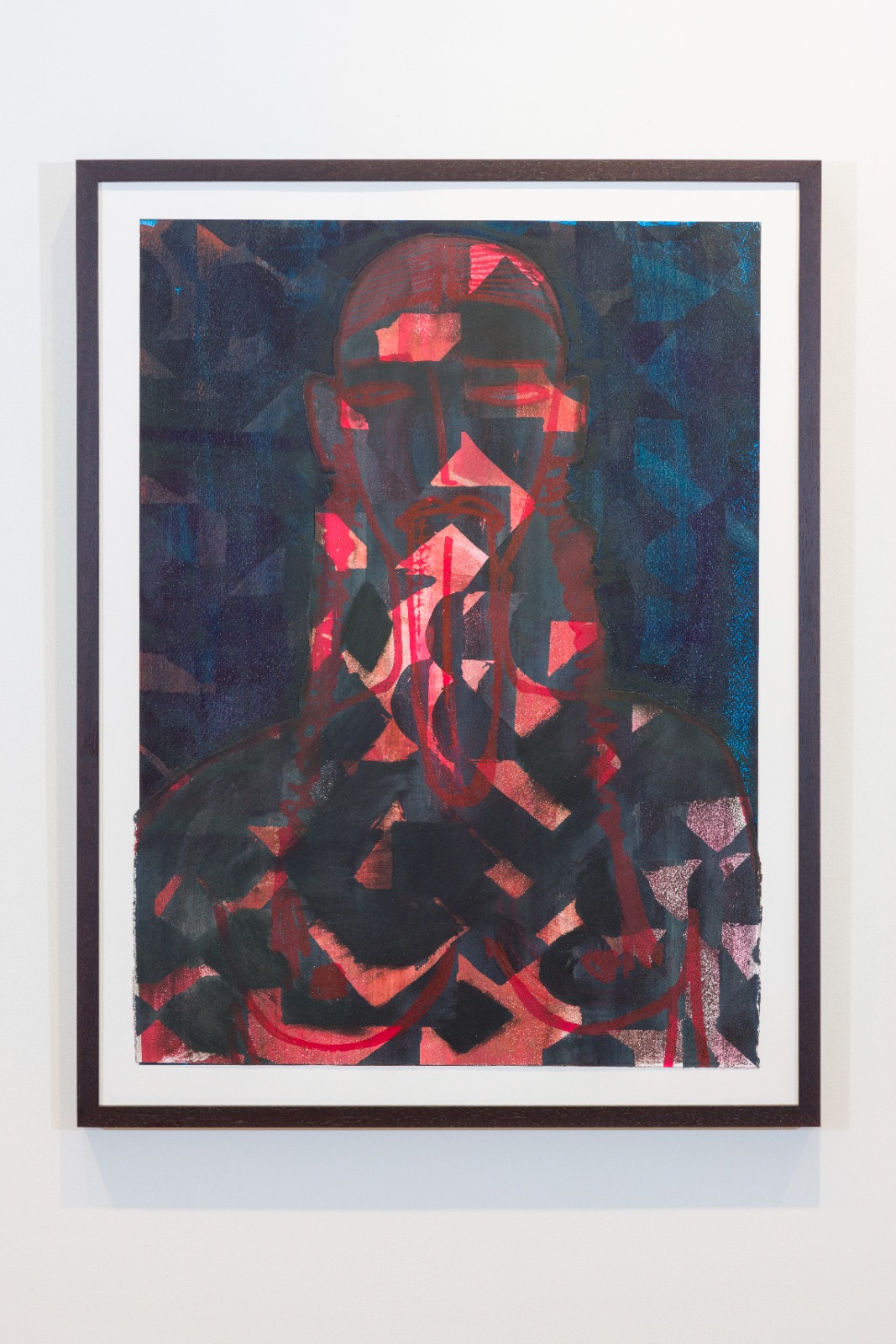
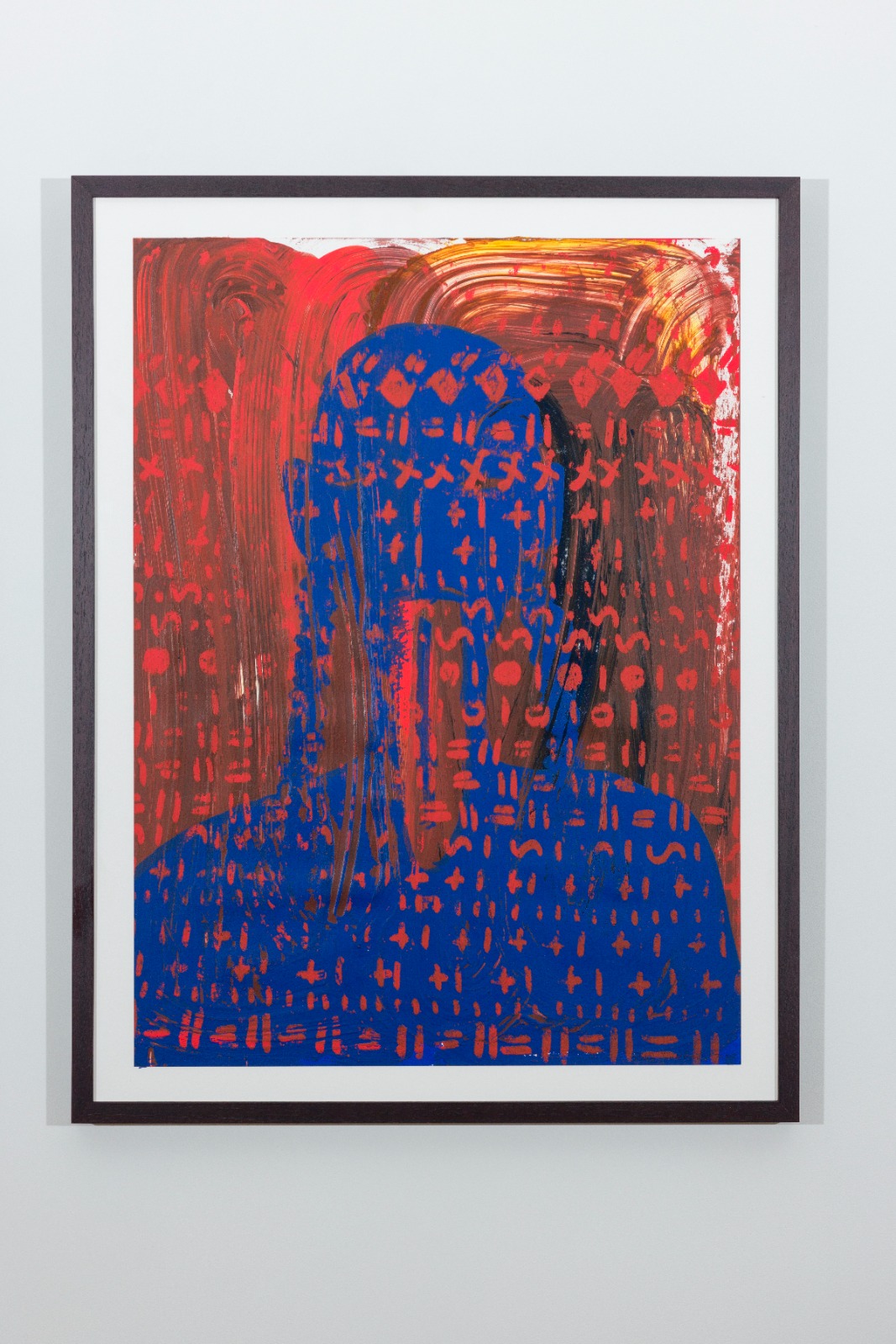
Talismans 4
2023Textile,
Vistamare Gallery, Milan
Vistamare is pleased to present 'Alea iacta est', a group show curated by Milovan Farronato.
Participating artists:
Enrico David, Patrizio di Massimo, Anthea Hamilton, Celia Hempton, Camille Henrot, Maria Loboda, George Henry Longly, Goshka Macuga, Lucy Mckenzie, Paulina Olowska, Christodoulos Panayiotou, Eddie Peake, Sagg Napoli, Prem Sahib, Osman Yousefzada.
The die is cast, the cards have been drawn and placed correctly on the table. Each one corresponds to an omen, a warning or an enigmatic indication. The arrangement follows the more usual trajectories of a prophetic reading. On the right is the unrevealed pack of cards, while on the left are the four external influences arranged side by side. In the centre, drawing a cross, take up their positions those representing the questioner, his present, his past, the answer to the question he poses and, in conclusion, the suggestion that the deck spontaneously intends to offer.
So in Vistamare's Milan venue, Milovan Farronato, who recently returned to live in Milan, chooses to represent his path through the most significant collaborations that took place during the time he worked and lived in London, from 2013 to 2020. The works or assemblages of works constitute the arcana, while the gallery is the three-dimensional space where they take their position for an unprecedented, yet accurate, reading. Chance will guide the arrangement and combinations. The fifteen artists selected from among those with whom the relationship has been most compelling, enduring and multifaceted in a range of stimulating occasions. Another criterion, proximity to the geographical context and the period in question. The curator does not deny that the exhibition is a partial portrait and also a type of display that could be repeated in the future.
The secrets contained in some of Christodoulos Panayiotou's folded and spilled works on the floor will configure the unrevealed deck, while the unpublished contributions of Patrizio di Massimo, Anthea Hamilton, George Henry Longly, Lucy Mckenzie the four external influences. What role was assigned by chance to the other participants: Enrico David, Celia Hempton, Camille Henrot, Maria Loboda, George Henry Longly, Goshka Macuga, Paulina Olowska, Eddie Peake, Sagg Napoli, Osman Yousefzada. It must really have been chance that dictated the rules of the game or, as Stéphane Mallarmé argues, coincidences are always driven, and so also Farronato rolled the die several times to find the most benevolent solution. After all, as the British writer Jeanette Winterson says: 'autobiography is just art and lies'.
Participating artists:
Enrico David, Patrizio di Massimo, Anthea Hamilton, Celia Hempton, Camille Henrot, Maria Loboda, George Henry Longly, Goshka Macuga, Lucy Mckenzie, Paulina Olowska, Christodoulos Panayiotou, Eddie Peake, Sagg Napoli, Prem Sahib, Osman Yousefzada.
The die is cast, the cards have been drawn and placed correctly on the table. Each one corresponds to an omen, a warning or an enigmatic indication. The arrangement follows the more usual trajectories of a prophetic reading. On the right is the unrevealed pack of cards, while on the left are the four external influences arranged side by side. In the centre, drawing a cross, take up their positions those representing the questioner, his present, his past, the answer to the question he poses and, in conclusion, the suggestion that the deck spontaneously intends to offer.
So in Vistamare's Milan venue, Milovan Farronato, who recently returned to live in Milan, chooses to represent his path through the most significant collaborations that took place during the time he worked and lived in London, from 2013 to 2020. The works or assemblages of works constitute the arcana, while the gallery is the three-dimensional space where they take their position for an unprecedented, yet accurate, reading. Chance will guide the arrangement and combinations. The fifteen artists selected from among those with whom the relationship has been most compelling, enduring and multifaceted in a range of stimulating occasions. Another criterion, proximity to the geographical context and the period in question. The curator does not deny that the exhibition is a partial portrait and also a type of display that could be repeated in the future.
The secrets contained in some of Christodoulos Panayiotou's folded and spilled works on the floor will configure the unrevealed deck, while the unpublished contributions of Patrizio di Massimo, Anthea Hamilton, George Henry Longly, Lucy Mckenzie the four external influences. What role was assigned by chance to the other participants: Enrico David, Celia Hempton, Camille Henrot, Maria Loboda, George Henry Longly, Goshka Macuga, Paulina Olowska, Eddie Peake, Sagg Napoli, Osman Yousefzada. It must really have been chance that dictated the rules of the game or, as Stéphane Mallarmé argues, coincidences are always driven, and so also Farronato rolled the die several times to find the most benevolent solution. After all, as the British writer Jeanette Winterson says: 'autobiography is just art and lies'.
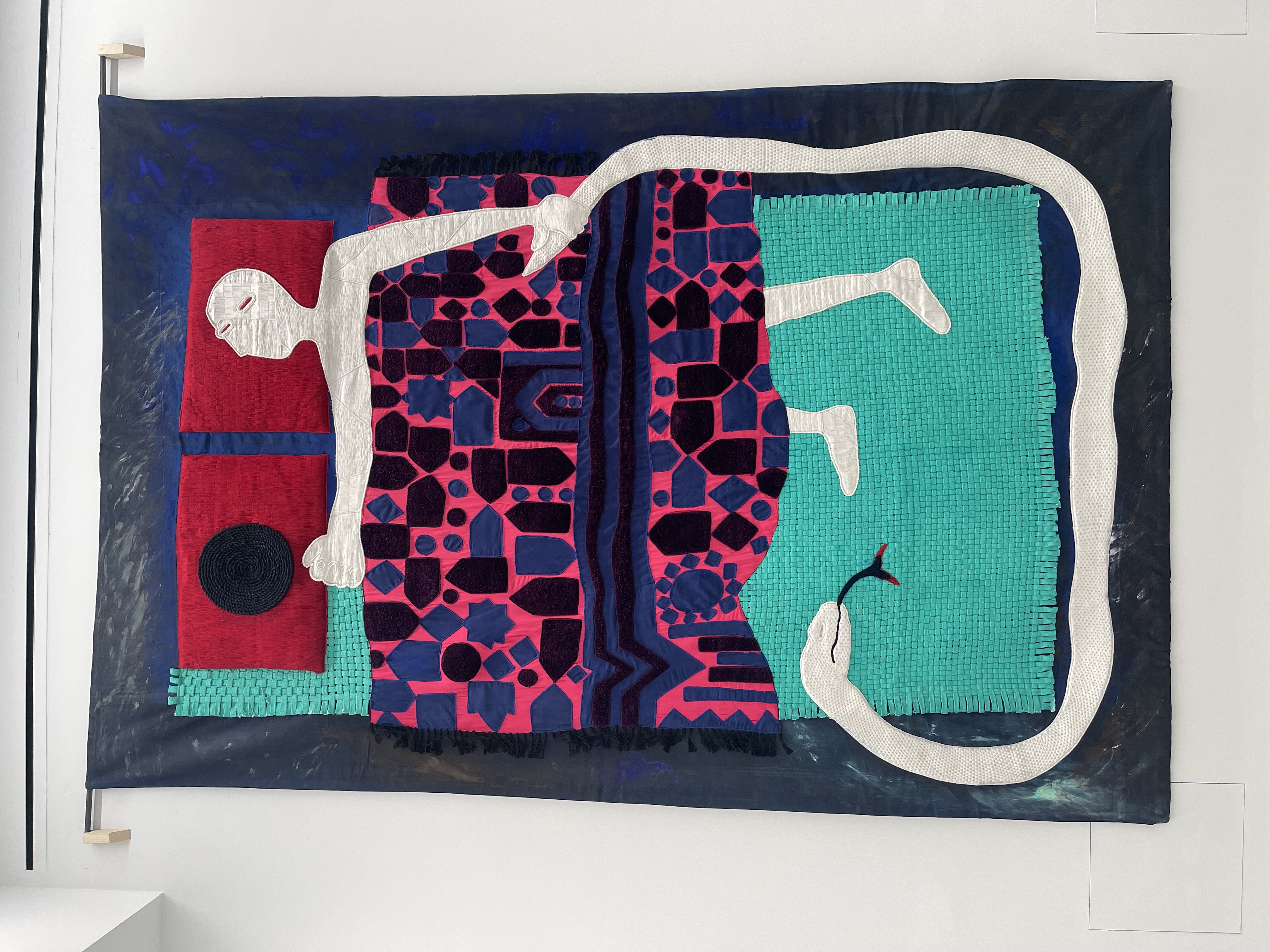
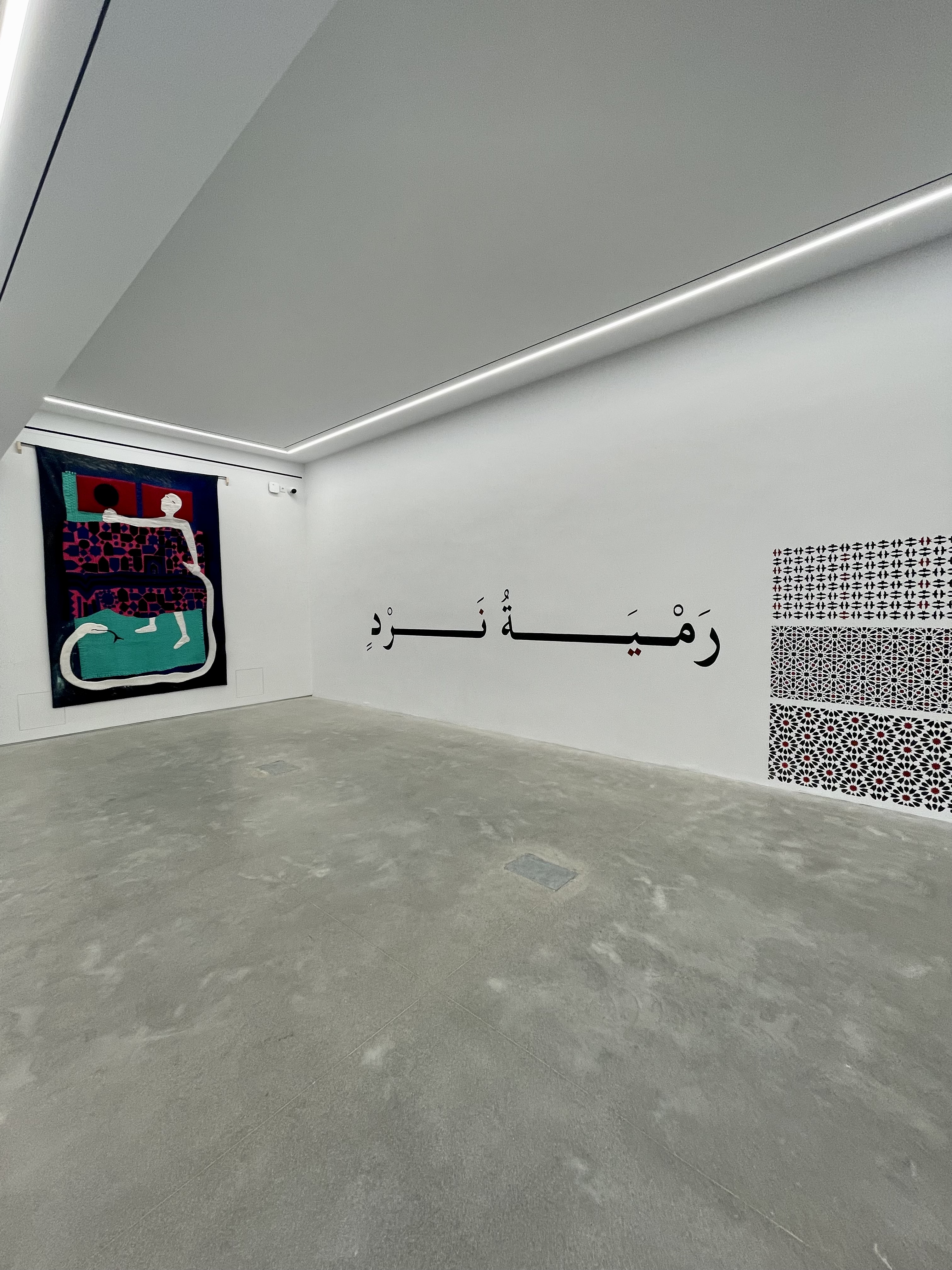
What is Seen & What is Not
2022Installation, Textiles, Ceramics,
V&A South Kensington, London
Across three site-specific works, British-Pakistani artist Osman Yousefzada explores themes of displacement, movement, migration and climate change
'Across three V&A sites, his handcrafted textiles, wrapped objects and seating interventions present Osman’s unique and highly personal perspective on modernity and migration, offering a subtle and contemplative space to engage with the objects of his cultural heritage'.
“In that summer light I could see the structures of hope underpinning Yousefzada’s interventions at the V&A. The artist’s choreography of objects, structures and stories weaving together elements from multiple disciplines and geographies to show us how belonging can be claimed and enacted; not as tub-thumping, flag- waving polemic, but as graceful leaps of the artistic imagination. It makes visible the entangled histories whose acknowledgment is foundational to any efforts for collective, and more hopeful futures.”
Hammad Nasar – Curator & Writer
“Everything starts at home. What Osman Yousefzada achieves with What is Seen and What is Not, is a powerful reminder of the fertile creative landscape that the idea of home offers, wherever and however that may be.”
Catherine Ince – Chief Curator, V&A East
“Yousefzada has created these familiar pieces, with motifs and insertions of colonial gates from the undivided India; those imperceptible barriers and uninviting elevations. Now in Yousefzada’s installations, the once mighty colonial edifices and peasants’ humble possessions embrace, in the minimal and sublime language of Piet Mondrian.”
Quddus Mirza – Critic & Curator, Pakistan Times
Commissioned by the British Council, in partnership with the V&A and the Pakistan High Commission as part of the British Council’s festival season Pakistan/UK: New Perspectives - The 75th anniversary of Pakistan’s independence.
Supported by The Rangoonwala Foundation.
Special thanks to the Indus Valley School of Art & Architecture, Berengo Studio, Tevta Lahore and the RCA.
'Across three V&A sites, his handcrafted textiles, wrapped objects and seating interventions present Osman’s unique and highly personal perspective on modernity and migration, offering a subtle and contemplative space to engage with the objects of his cultural heritage'.
“In that summer light I could see the structures of hope underpinning Yousefzada’s interventions at the V&A. The artist’s choreography of objects, structures and stories weaving together elements from multiple disciplines and geographies to show us how belonging can be claimed and enacted; not as tub-thumping, flag- waving polemic, but as graceful leaps of the artistic imagination. It makes visible the entangled histories whose acknowledgment is foundational to any efforts for collective, and more hopeful futures.”
Hammad Nasar – Curator & Writer
“Everything starts at home. What Osman Yousefzada achieves with What is Seen and What is Not, is a powerful reminder of the fertile creative landscape that the idea of home offers, wherever and however that may be.”
Catherine Ince – Chief Curator, V&A East
“Yousefzada has created these familiar pieces, with motifs and insertions of colonial gates from the undivided India; those imperceptible barriers and uninviting elevations. Now in Yousefzada’s installations, the once mighty colonial edifices and peasants’ humble possessions embrace, in the minimal and sublime language of Piet Mondrian.”
Quddus Mirza – Critic & Curator, Pakistan Times
Commissioned by the British Council, in partnership with the V&A and the Pakistan High Commission as part of the British Council’s festival season Pakistan/UK: New Perspectives - The 75th anniversary of Pakistan’s independence.
Supported by The Rangoonwala Foundation.
Special thanks to the Indus Valley School of Art & Architecture, Berengo Studio, Tevta Lahore and the RCA.
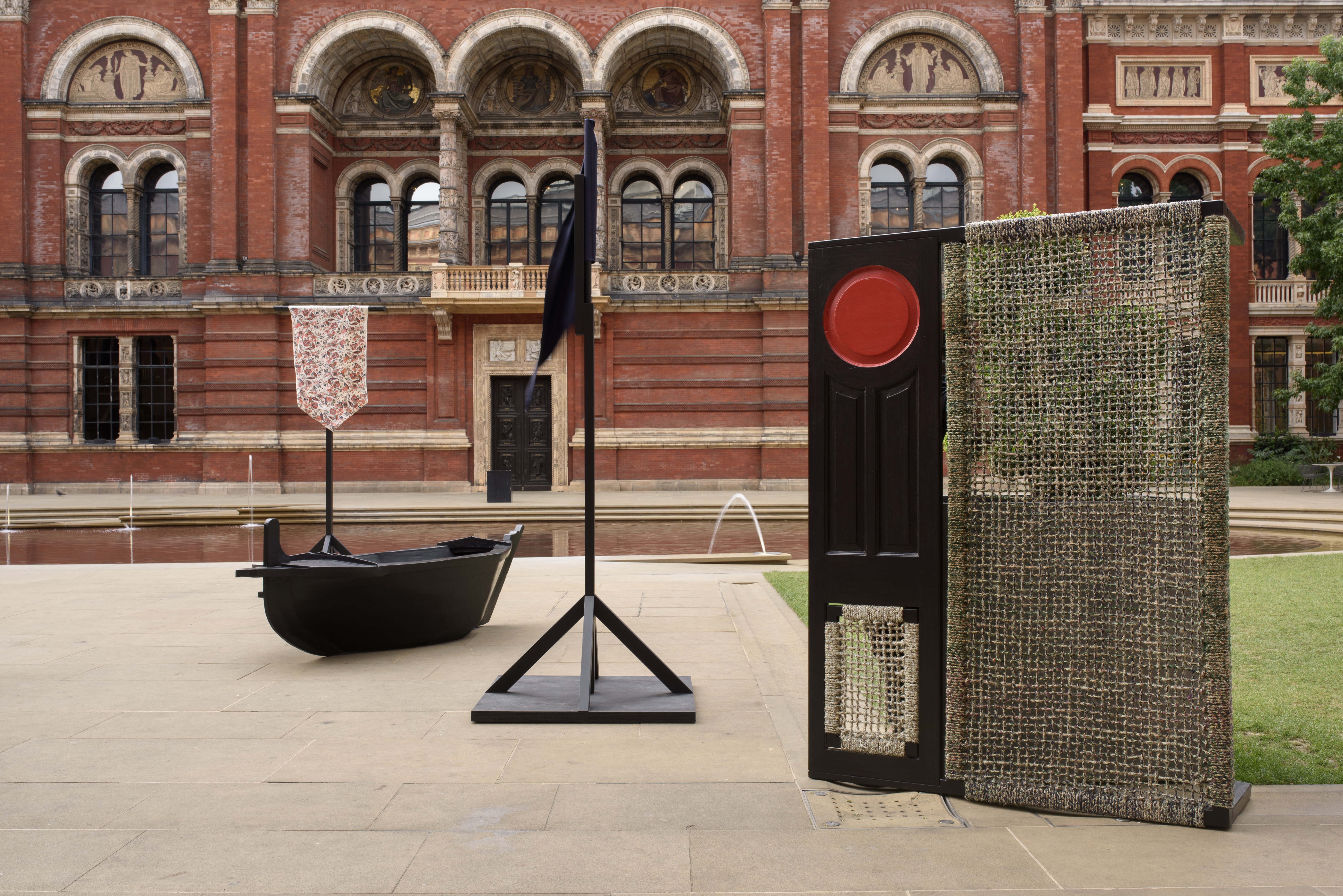

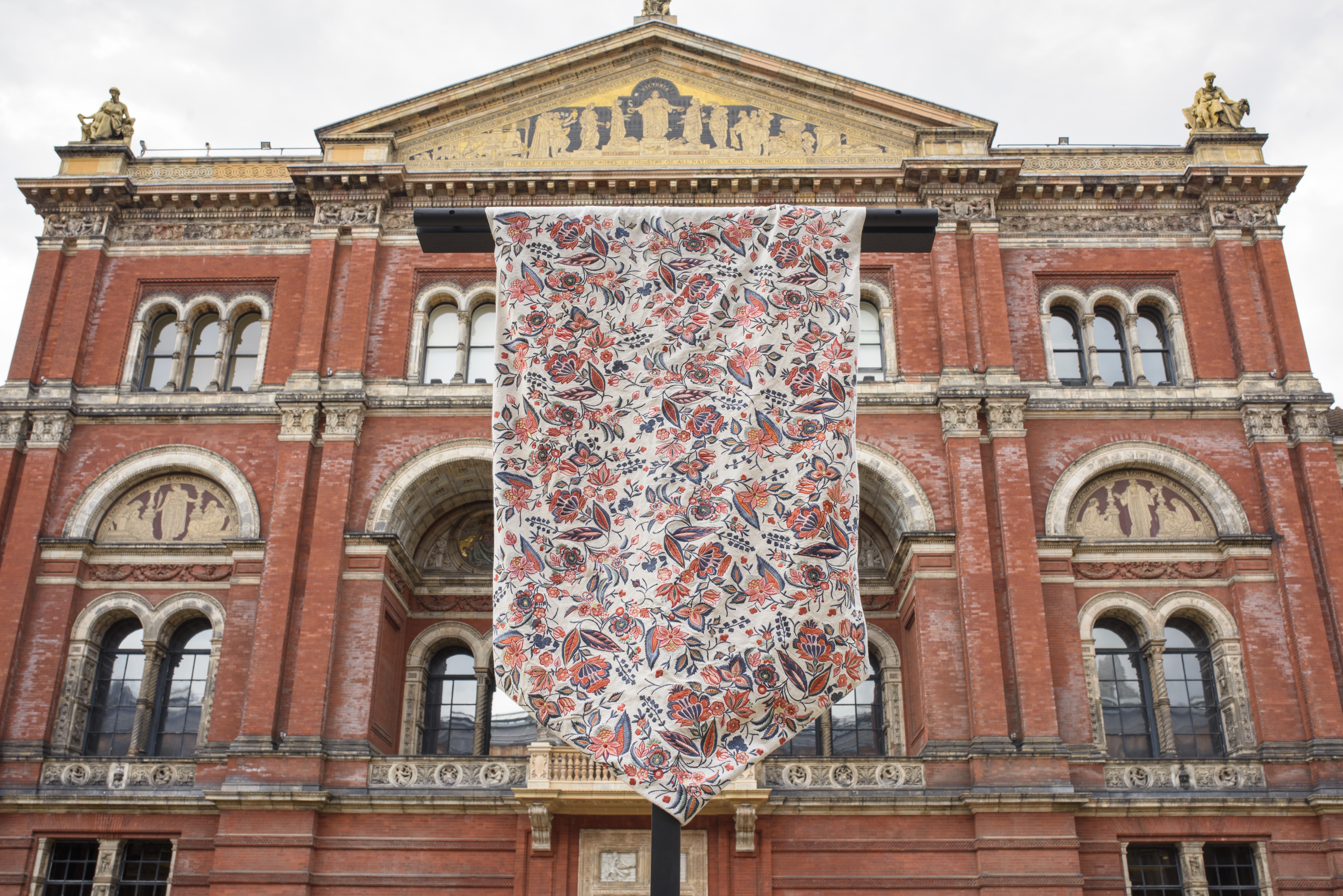
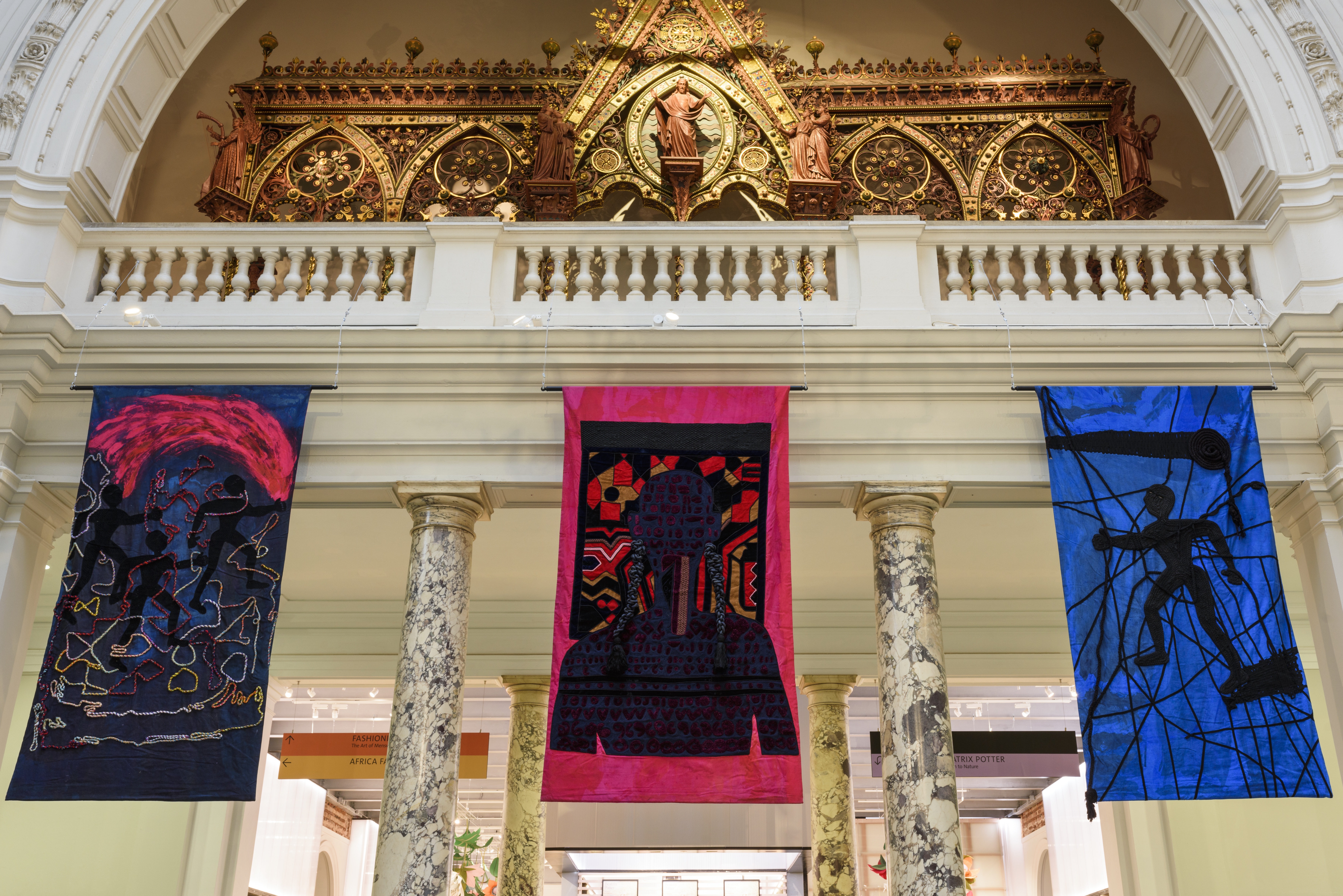

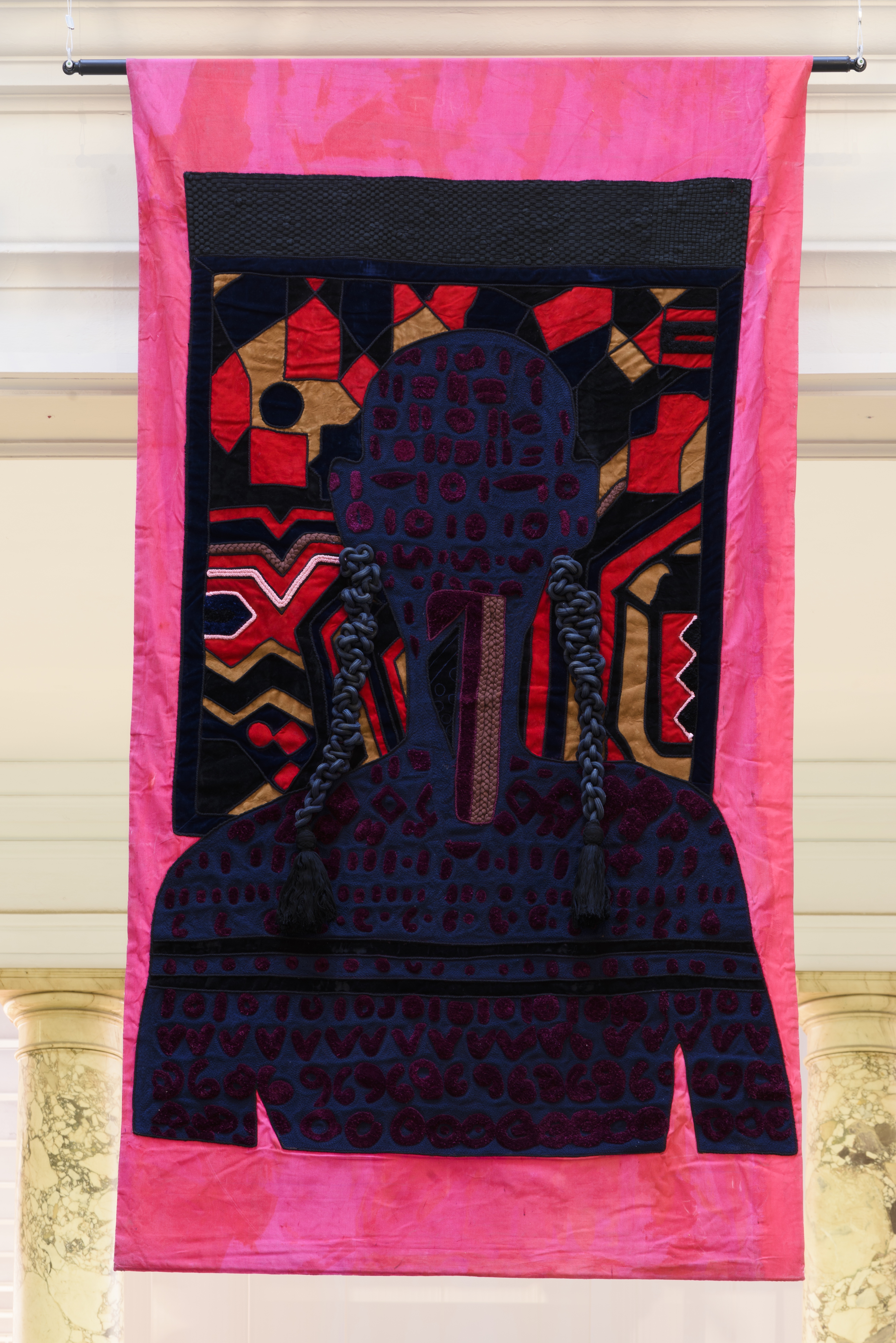
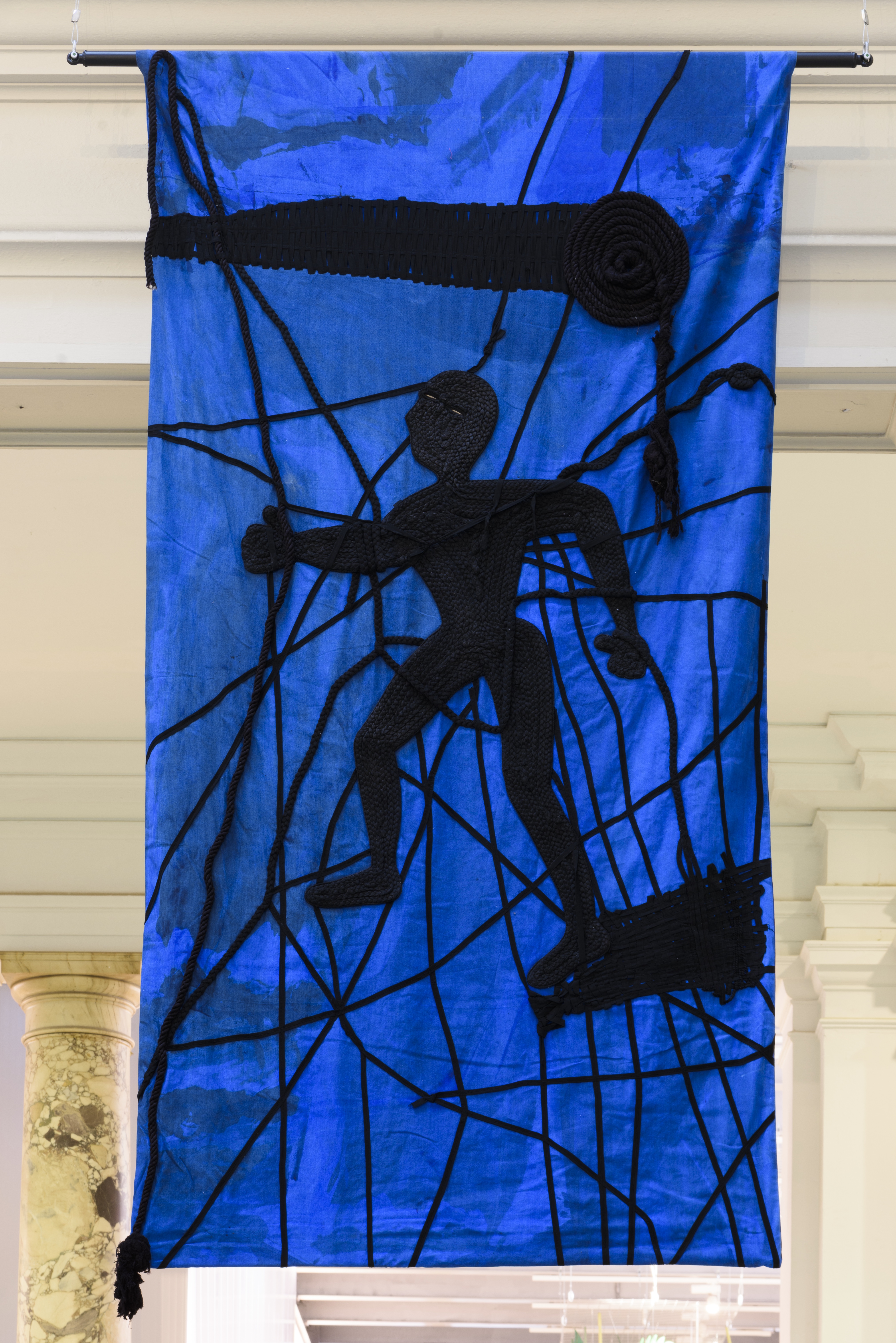
Textile Installation at Grand Entrance
The large canvas tapestries are a hybrid of painting, printmaking and embroidery. The abstracted figures are suggestive of ancient Talismanic figures, and storytelling. They are inspired by the Falnama and the Book of Omens (which became a set of tarot cards for fortune tellers in the Ottoman Empire and Mughal India) and evoke the figurines of Mohenjo-Daro – the dancing girl and the priest King. Derived from Yousefzada’s printmaking, the tapestries represent agitators and the children of Gods and Jinns with a long history of struggle, who do not see themselves as ‘the good immigrant’.
 Ceramics Installation at Sculpture Galleries
Ceramics Installation at Sculpture GalleriesThis work stems from lived experience of female migrant spaces and of how migrant women, like the artist’s mother, occupied space. These predominantly household objects encased in a covering, sometimes fabric, sometimes plastic, were put in plastic bags, for a safe flight or as an act of agency in patriarchal spaces.This work is a tribute to these hidden women who were not able to, or did not possess the codes to integrate. The folds and knots of these sculptures were their marks of identity and ownership. The abundance of these objects has become an altar to female migratory experience.

“These small cast forms might be thought of as anti-Christo in that they refuse to be defined by the material objects that they appear to conceal. It is not so much what is covered but rather the act of concealing that gives Osman’s sculptures a political charge – that is in direct contrast to the grand gestures that characterise the image spaces of Christo and Jeanne Claude’s wrappings. The ephemerality of Osman’s wrapped objects is fixed and made permanent, not through the mutation of object into image, but rather the transmutation of domestic objects into sculptural form.”
Professor Jaspar Joseph-Lester, Head of Sculpture RCA



